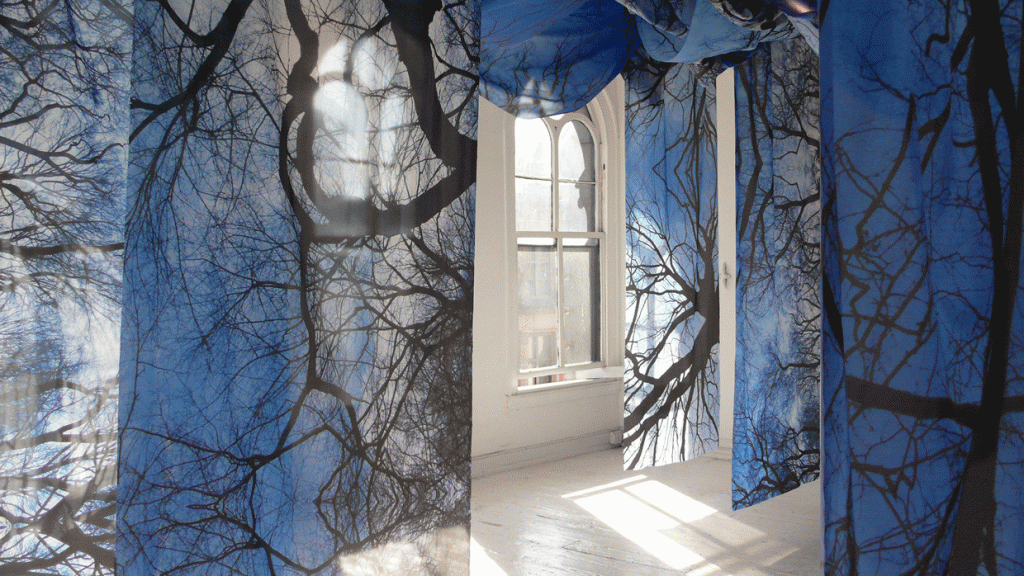 Amie Potsic, “Enchanted Forest Installation view #1”, Archival Pigment Print on Silk, Dimensions variable, 2015, © Amie Potsic 2015
Amie Potsic, “Enchanted Forest Installation view #1”, Archival Pigment Print on Silk, Dimensions variable, 2015, © Amie Potsic 2015
Artists present environmental art celebrating trees and drawing attention to Climate Change
Celebration of Trees, An exhibition in celebration of the Jewish New Year for Trees, Tu B’Shevat
AMIE POTSIC | LINDA DUBIN GARFIELD
HOWARD BRUNNER | LESLIE K. BRILL | BARBARA ROSIN
January 31 – February 25, 2018
– EVENTS –
OPENING RECEPTION:
Tu B’Shevat, Wednesday, January 31, 6:00 – 8:00 PM
FIRST FRIDAY: Friday, February 2, 5:00 – 9:00 PM, First Friday event followed by Shabbat Dinner
ARTIST TALK AND RECEPTION: Sunday, February 11, 2:00 – 4:00 PM
CLOSING RECEPTION: Sunday, February 25, 2:00 – 4:00 PM
LOCATION: Old City Jewish Art Center, 119 N. 3rd Street, Philadelphia, PA 19106
http://www.ocjac.org | rabbizash@ocjac.org | 215.627.2792
Admission is free and by appointment
Philadelphia, PA – Old City Jewish Art Center (OCJAC), located at 119 N. 3rd Street, Philadelphia, PA presents Celebration of Trees, a group exhibition featuring Amie Potsic, Linda Dubin Garfield, Howard Brunner, Leslie K. Brill, and Barbara Rosin. The exhibition will include a site-specific photographic installation and series of complementary photographs by Potsic as well as prints, paintings, and mixed media works by all the featured artists. The show begins on January 31st and runs through February 5th. The opening reception will be on Wednesday, January 31st from 6:00 – 8:00 PM in celebration of Tu B’Shevat, the Jewish holiday that commemorates the New Year for Trees. There will be a reception on First Friday from 5:00 – 9:00 PM followed by a Shabbat Dinner. Artist Talks will take place on Sunday, February 11th from 2:00 – 4:00 PM. The closing reception will be on Sunday, February 25th from 2:00 – 4:00 PM. Gallery hours are by appointment.
Amie Potsic’s work references the sensory experience of being within the forest while encouraging us to appreciate and preserve its future. Her incarnate environmental explorations entice the viewer to connect with their own perception of nature in a manner that is simultaneously intimate and enchanting. “Facing massive deforestation due to industry and global warming itself, the ill-fated future of our forests is undeniable unless we intervene. To focus attention on climate change, support improved environmental policies, and encourage an appreciation for forests and their fragility, my work emphasizes the cyclical beauty of the seasons and the delicacy of nature,” says Potsic.
Celebration of Trees is presented in honor of Tu B’Shevat, the Jewish New Year for Trees, at a time when forests are increasingly important in the fight against Climate Change. We observe this holiday “by eating fruit, particularly from the kinds that are singled out by the Torah in its praise of the bounty of the Holy Land: grapes, figs, pomegranates, olives, and dates. On this day, we remember that ‘Man is a tree of the field’ and reflect on the lessons we can derive from our botanical analogue,” explains Rabbi Zalman of Old City Jewish Art Center. In organizing this exhibition to commemorate Tu B’Shevat, OCJAC and SmART Business Consulting chose these artists because their work encourages the appreciation of trees.
Amie Potsic, “Enchanted Forest #1”, Archival Pigment Print, 12” x 24”, 2015, © Amie Potsic 2015
Amie Potsic is a photographer and environmental artist based in the Philadelphia area whose work addresses cultural, personal, and natural phenomena through the lens of social responsibility. With 18 solo exhibitions and over 100 group exhibitions, Potsic has exhibited her work internationally at the Art Park in Rhodes, Greece; The Royal College of London, England; Museo de Arte Moderno de Bogotá, Colombia; Medfoundart di Cagliari, Italy; the Museum of New Art in Detroit; The Woodmere Art Museum, The National Constitution Center Museum, The Painted Bride, The Gershman Y, James Oliver Gallery in Philadelphia; Mission 17 in San Francisco; and 626 Gallery in Los Angeles. Her work has been published in or awarded by publications including The San Francisco Chronicle, Art Matters, The PhotoReview, andThe Philadelphia Inquirer. Potsic received her MFA in Photography from the San Francisco Art Institute and BA’s in Photojournalism and English Literature from Indiana University. She has held faculty appointments at the University of California at Berkeley, Ohlone College, and the San Francisco Art Institute and has been a guest lecturer at The University of the Arts, The Delaware Contemporary, and The International Center of Photography. Potsic is the CEO and Principal Curator of Amie Potsic Art Advisory, LLC as well as Chair of the Artistic Advisory Board of the Art In City Hall program of the Office of Arts and Culture of the City of Philadelphia.
Founded in 2006, the Old City Jewish Art Center was envisioned as a platform to build Jewish community through the arts. Building steadily since then, the OCJAC gallery has become an exhibition space for serious artists, holds monthly First Friday art receptions with a Jewish twist and provides social and Jewish holiday programs throughout the year. OCJAC is now a landmark gallery in the Philadelphia art scene and is the only gallery dedicated to Jewish artistic expression and cultural exchange in Philadelphia. Using the arts as a springboard, the Old City Jewish Art Center advances and promotes the universal messages of Judaism and spiritually to the broadest possible audience.
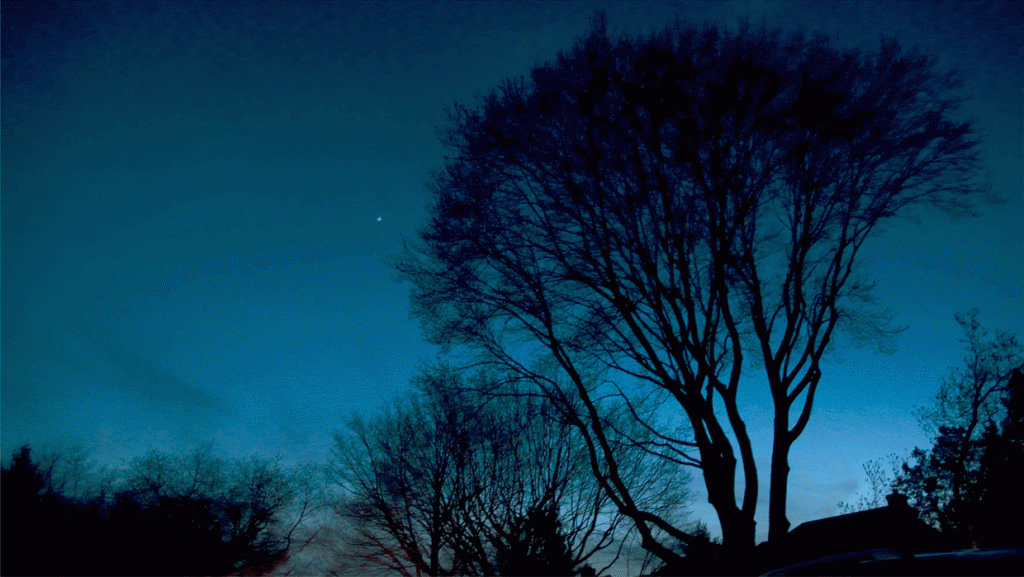 Amie Potsic, “Enchanted Forest #5”, Archival Pigment Print, 24” x 48”, 2015, © Amie Potsic 2015
Amie Potsic, “Enchanted Forest #5”, Archival Pigment Print, 24” x 48”, 2015, © Amie Potsic 2015
Celebration of Trees will be on view January 31st through February 5th. The opening reception will be on Wednesday, January 31st from 6:00 – 8:00 PM in celebration of Tu B’Shevat, the Jewish holiday that commemorates the New Year for Trees. There will be a reception on First Friday from 5:00 – 9:00 PM followed by a Shabbat Dinner. Artist Talks will take place on Sunday, February 11th from 2:00 – 4:00 PM. The closing reception will be on Sunday, February, 25th from 2:00 – 4:00 PM. Gallery hours are by appointment.
For more information, please contact Amie Potsic at apotsic@yahoo.com or 610-731-6312 or Old City Jewish Art Center at rabbizash@ocjac.org or 215-627-2792.
Thank you to Amie Potsic for the content of this post.
Like DoNArTNeWs Philadelphia Art News Blog on facebook
Follow DoN on Twitter @DoNNieBeat58
@donniebeat on Instagram
More DoNArTNeWs at www.brewermultimedia.com
Affiliate Marketing Disclosure Statement
Donate via safe and secure PayPal in the sidebar.

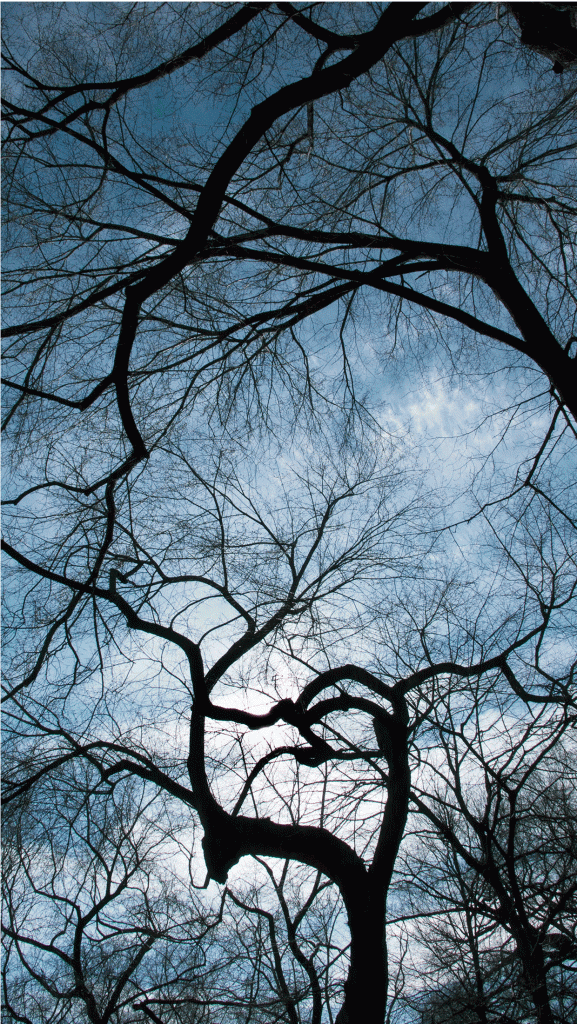
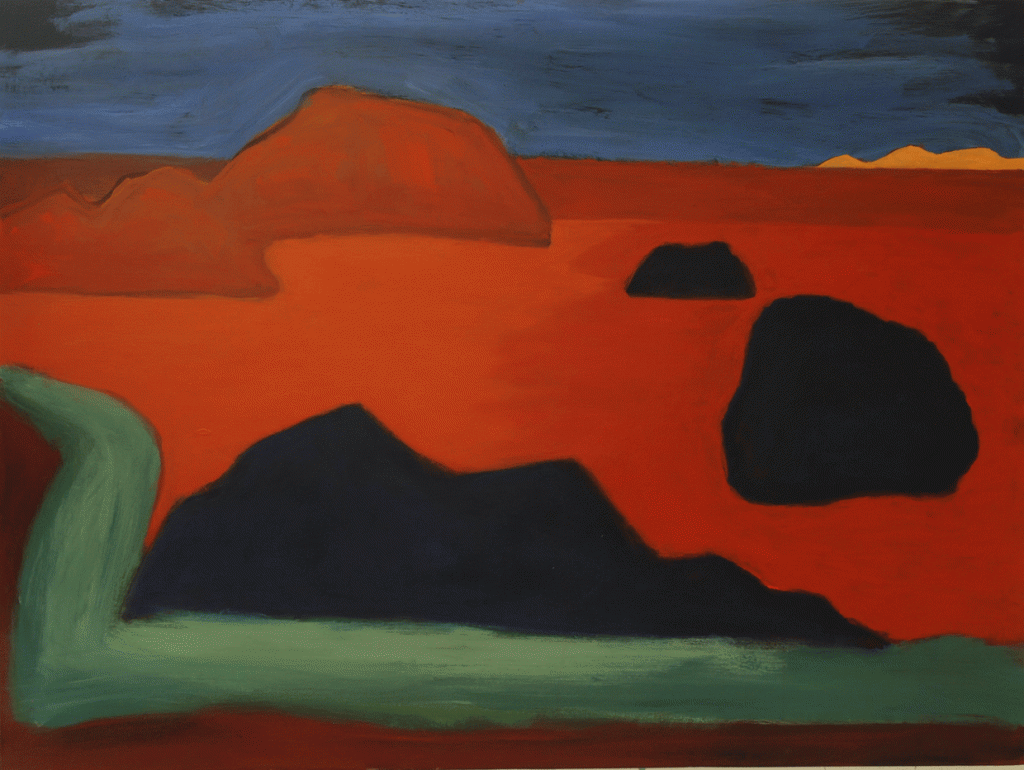

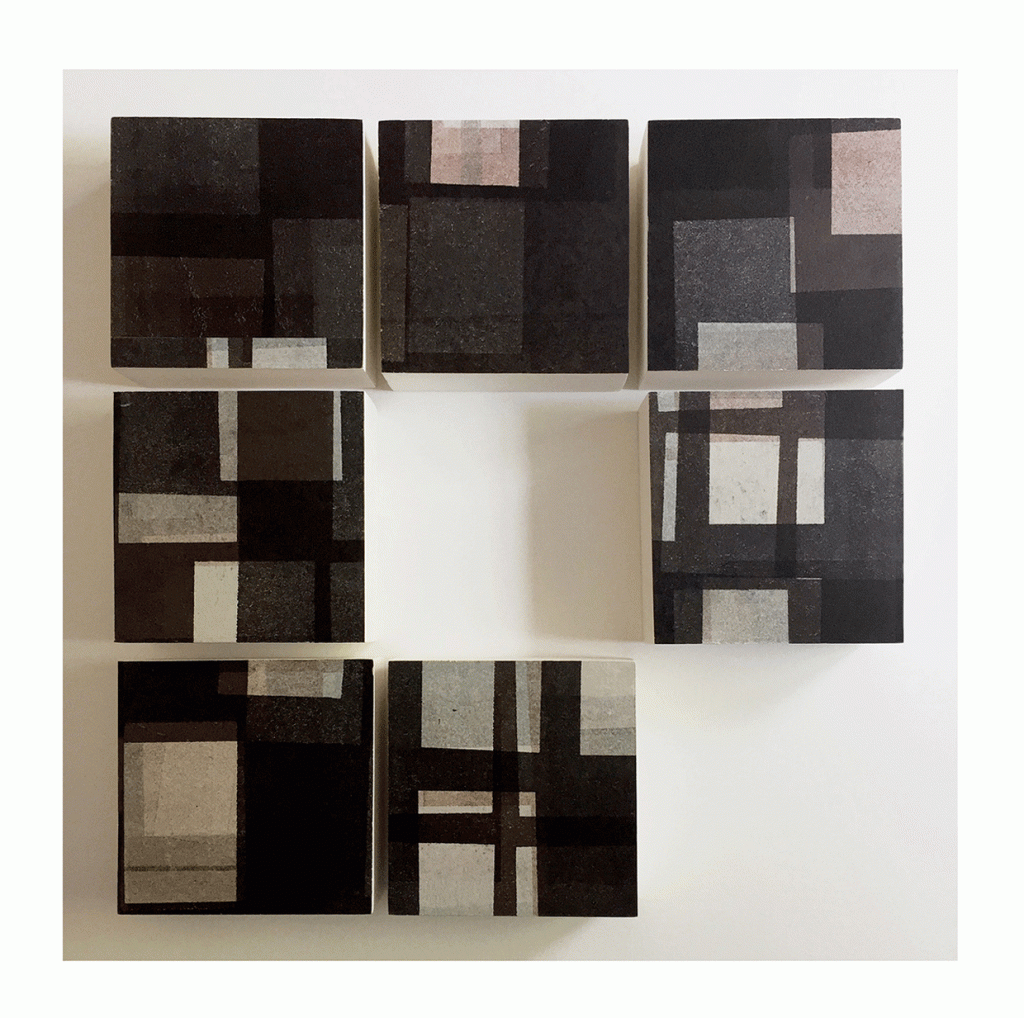
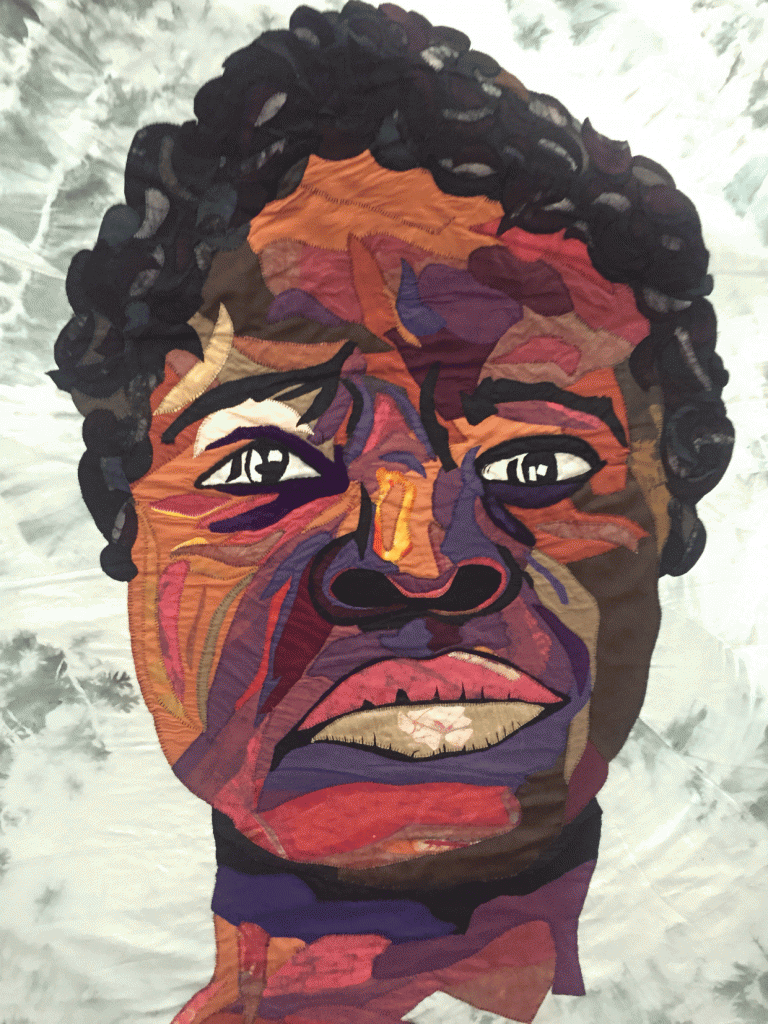
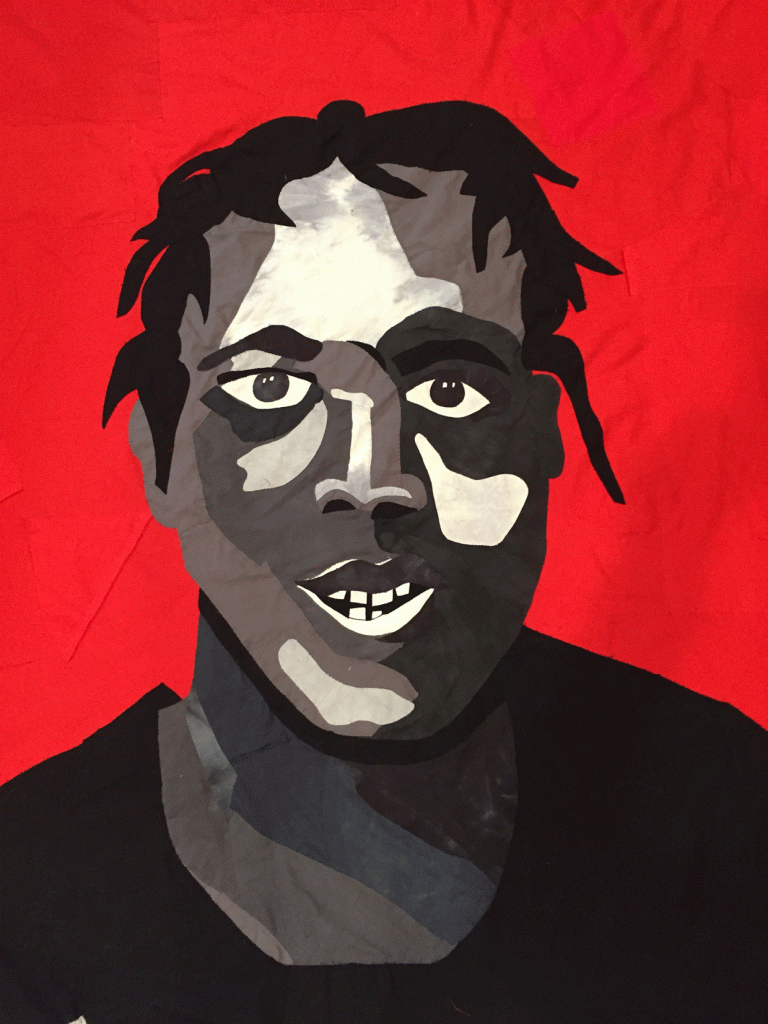
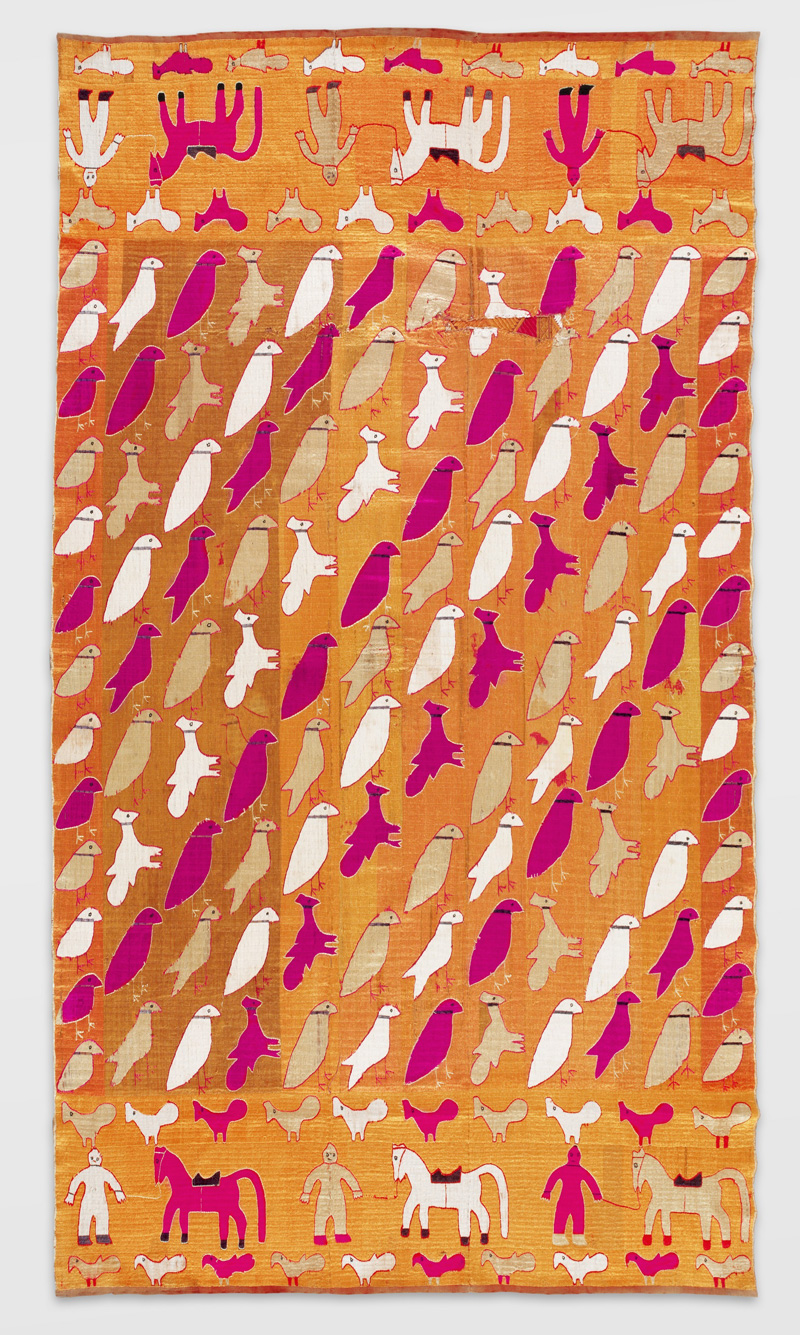
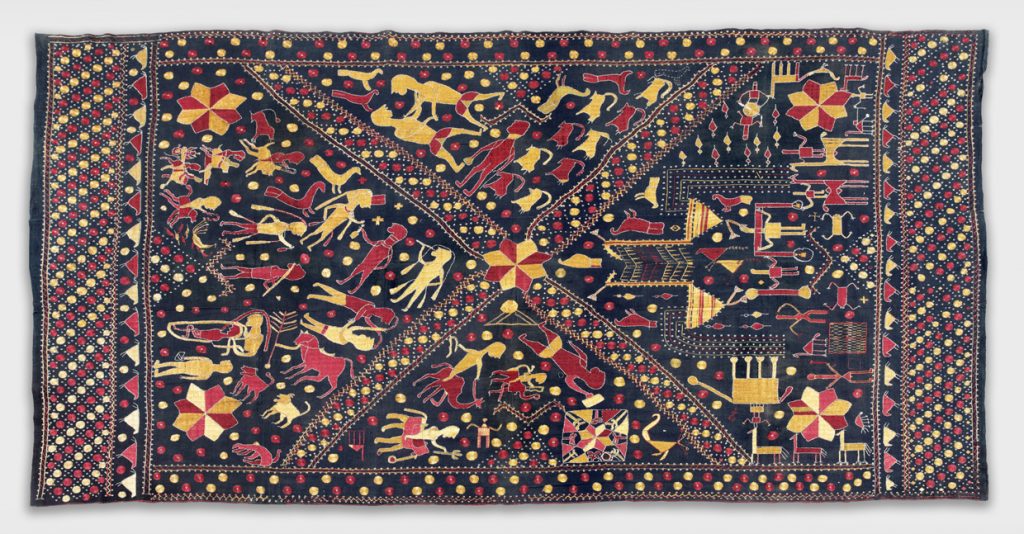
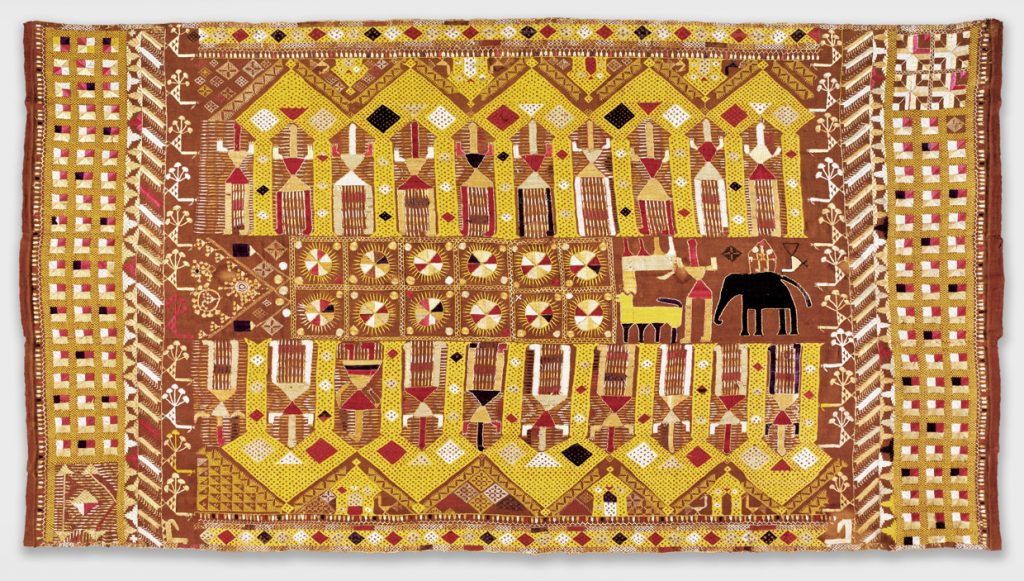
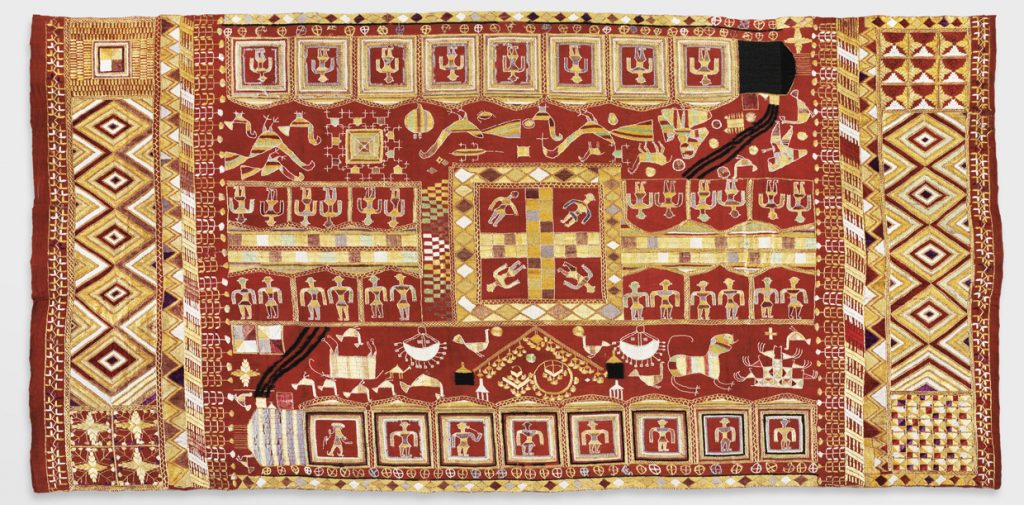
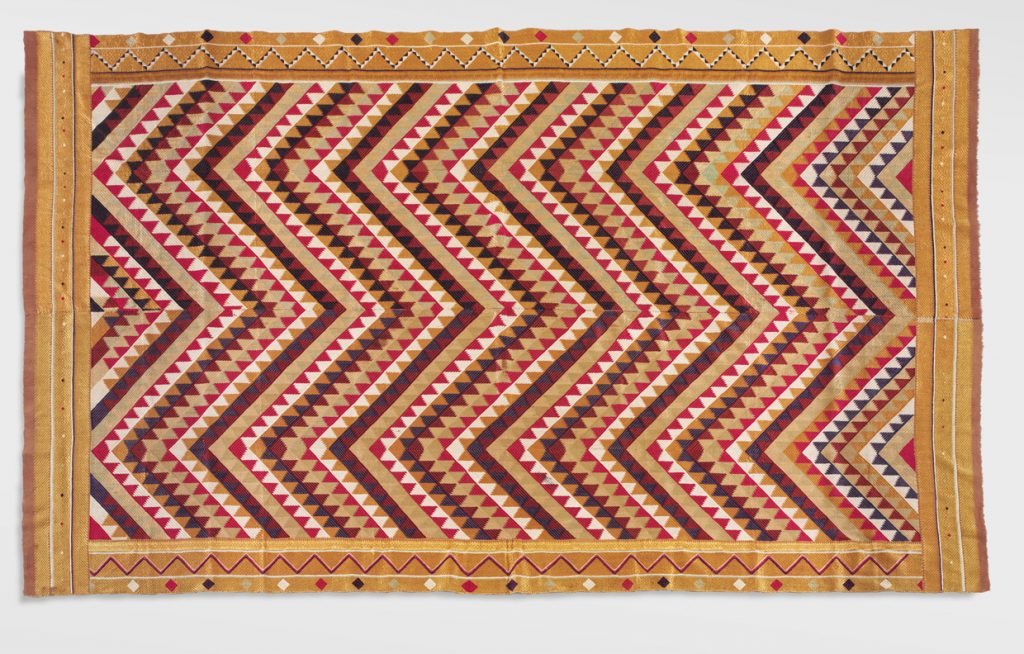
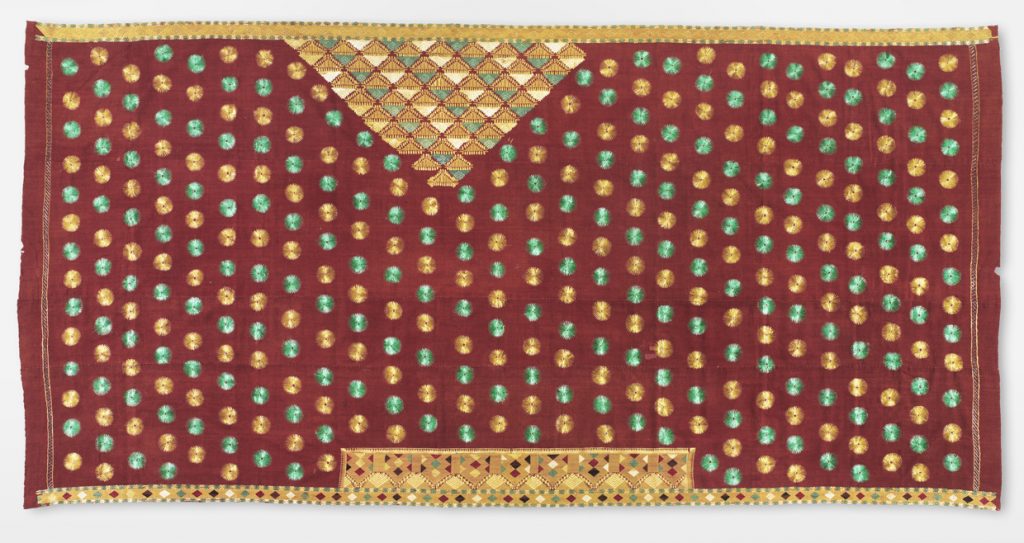
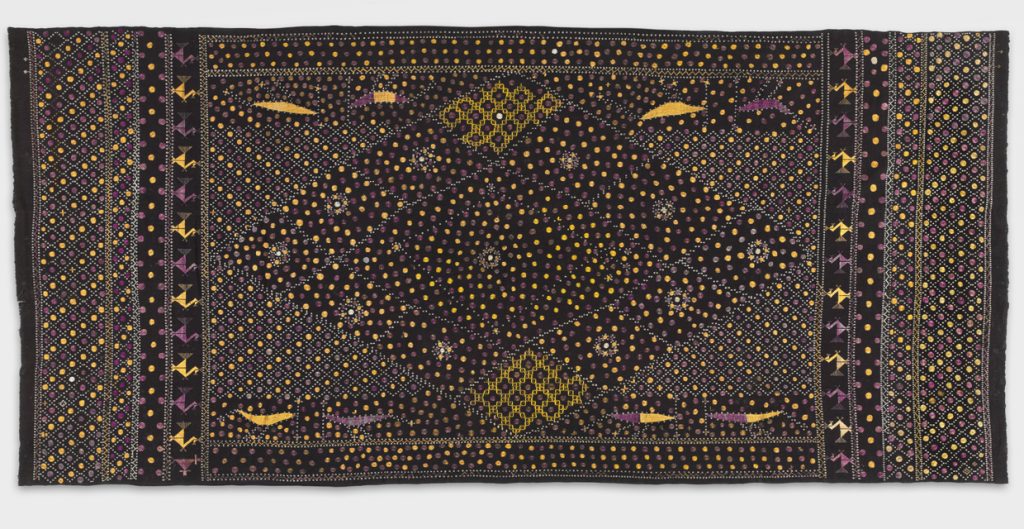
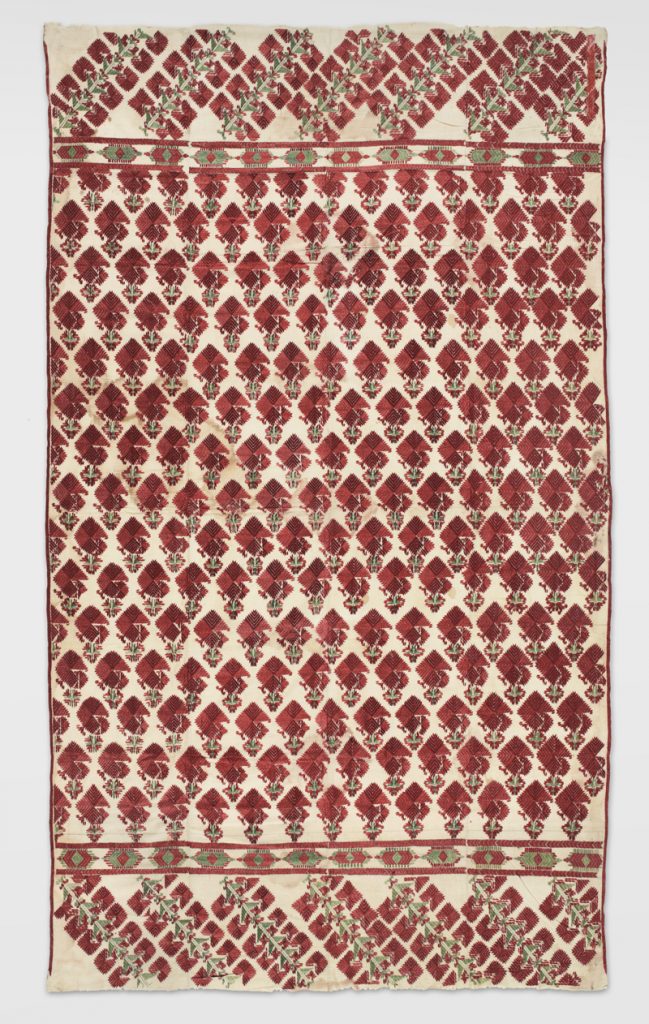
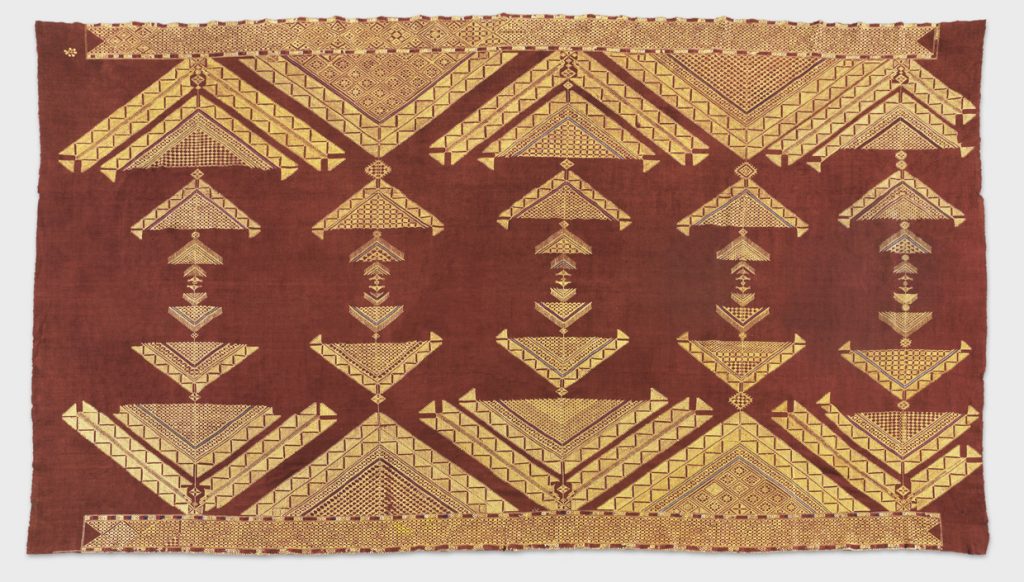
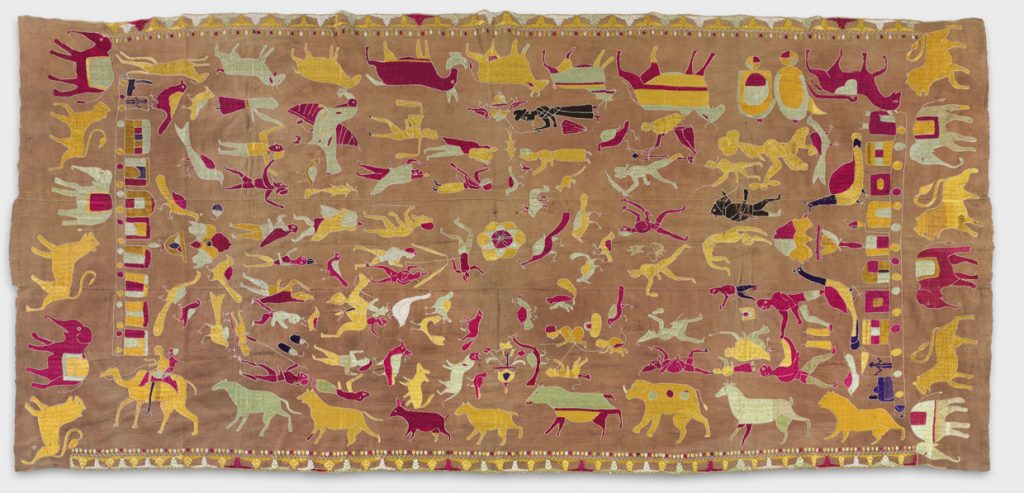

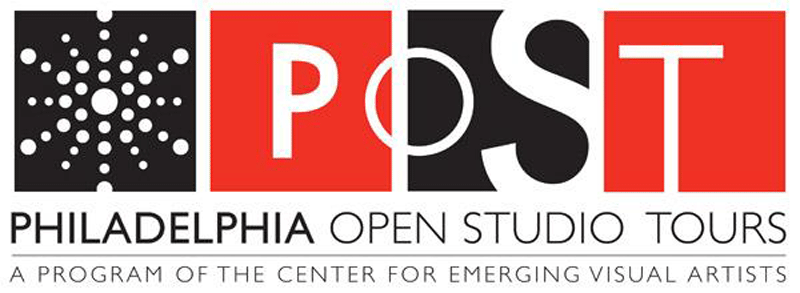
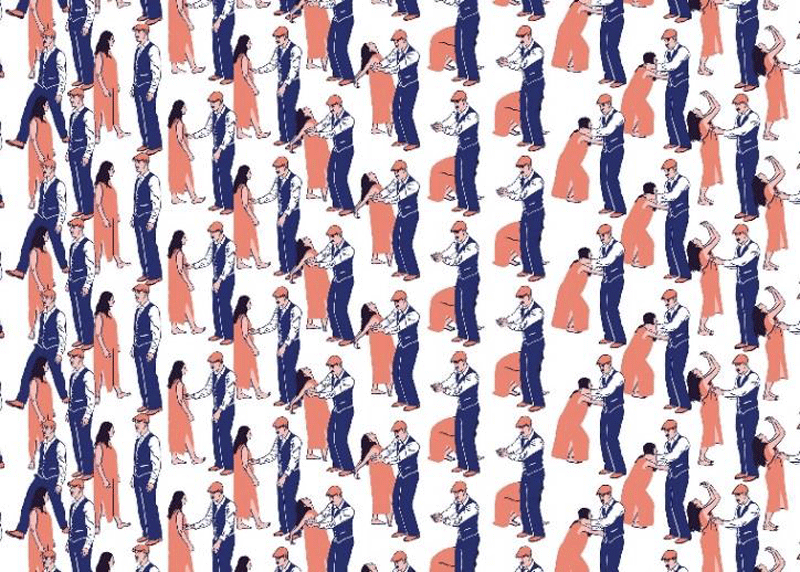 Above the Sounds of Ideologies Clashing,
Above the Sounds of Ideologies Clashing, 

 Aerospatial 14,
Aerospatial 14, 